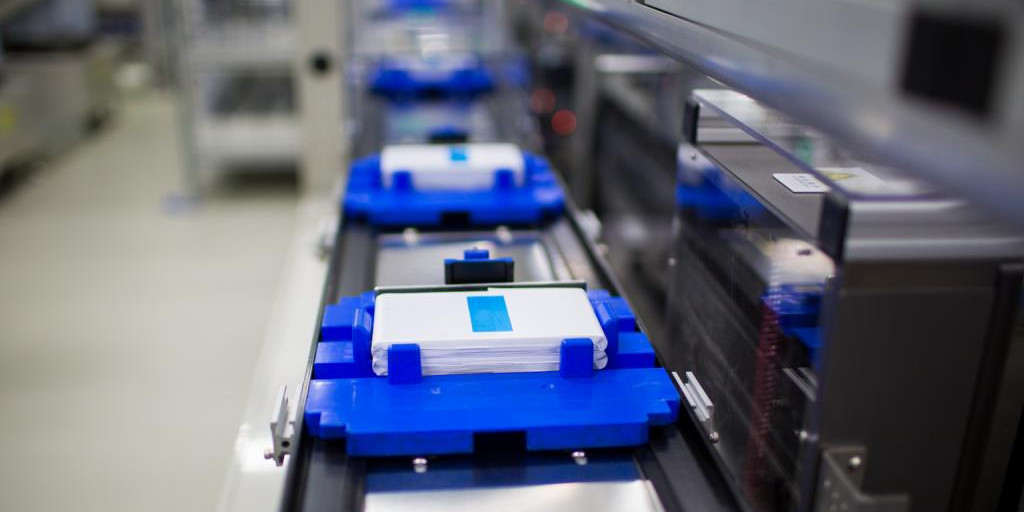No sooner have we reported on the apparent resilience of energy storage to Covid-19 headwinds than we learn of a gloomy short-term outlook for lithium-ion battery production line makers – such is the nature of this exceptional, coronavirus-hit period.
A few short hours ago we noted a study by London-based analyst IHS Markit which remarked how the significant volumes of grid scale battery storage being rolled out across the U.S. right now will help the industry hit 15.1 GW/47.8 GWh of capacity by the middle of the decade, with investment to rise from this year’s projected $4.2 billion to $9.5 billion in five years’ time.
News has also emerged, however, from a rival U.K. forecaster – Northamptonshire-based Interact Analysis – about the currently parlous state of business for lithium-ion battery manufacturing equipment suppliers.
While not necessarily contradicting the findings of IHS Markit – as the rival analyst only peers ahead as far as 2023 – Interact has said pre-Covid expectations the lithium battery equipment market would rebound this year, after a disappointing 2019, have been put on hold amid the ongoing public health crisis.
Interact’s Maya Xiao has blogged the recovery anticipated this year is now expected to be postponed until 2021, mainly thanks to the chilling effect of Covid-19 on business investment and restrictions on employee activity.
Popular content
Although Xiao expects the recovery to merely be postponed, the analyst’s updated forecast foresees the market remaining slightly below pre-Covid expectations in three years’ time. The doldrums battery equipment suppliers are enduring at present was illustrated by a prediction the Chinese market will be 15.5% smaller than an already disappointing 2019 this year, before recovering for a 13.4% year-on-year gain in 2021.
Although forecasts customarily come with heavy caveats right now, Xiao expects China to remain the world leader for lith-ion battery production lines in 2023, albeit with a global market share down from 62% last year to 59% as Europe, the Middle East and Africa expand their slice of the pie from 9% to 23% over the same period. The Americas will also lose ground over the four-year period to 2023, according to Xiao, seeing last year’s 19% market share retreat to a shade under 10%.
However, who knows what figures tomorrow’s forecasts will bring?
This content is protected by copyright and may not be reused. If you want to cooperate with us and would like to reuse some of our content, please contact: editors@pv-magazine.com.



By submitting this form you agree to pv magazine using your data for the purposes of publishing your comment.
Your personal data will only be disclosed or otherwise transmitted to third parties for the purposes of spam filtering or if this is necessary for technical maintenance of the website. Any other transfer to third parties will not take place unless this is justified on the basis of applicable data protection regulations or if pv magazine is legally obliged to do so.
You may revoke this consent at any time with effect for the future, in which case your personal data will be deleted immediately. Otherwise, your data will be deleted if pv magazine has processed your request or the purpose of data storage is fulfilled.
Further information on data privacy can be found in our Data Protection Policy.